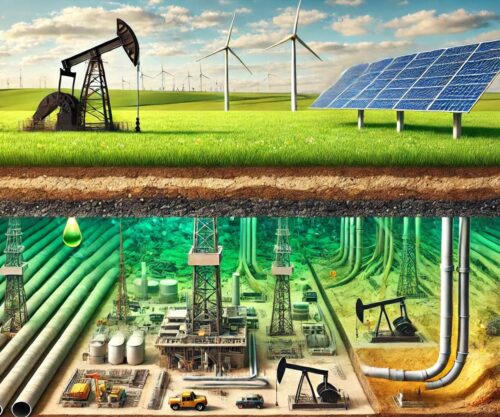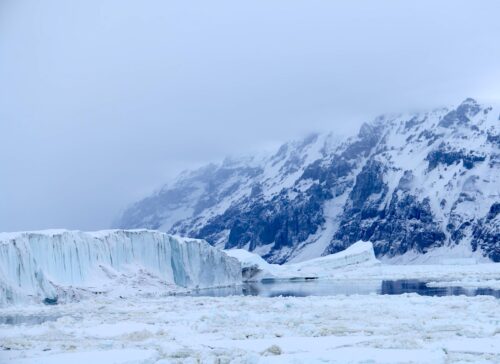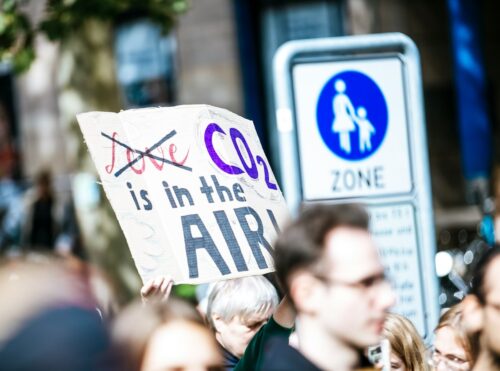
The following is issue #7 of climatologist Roger Pielke Jr.’s monthly newsletter on climate and energy issues. His “day-to-day research or writing is focused on sports governance and various issues of science policy.” The following is section 3. To read sections 1 and 2, visit here.
- Last for this month, but perhaps most important, is a hugely significant paper published by Justin Ritchie and Hadi Dowlatabdi of the University of British Columbia titled Why do climate scenarios return to coal?
- The paper argues that the IPCC’s scenario for future emissions of carbon dioxide most often characterized as “business-as-usual” (technically called RCP 8.5) should be considered implausible.
- They explain: “RCP8.5 no longer offers a trajectory of 21st-century climate change with physically relevant information for continued emphasis in scientific studies or policy assessments.”
- Why does this matter? A “business as usual” scenario is frequently used as the basis for projections of how the future climate will evolve in the absence of climate policy that seeks to reduce emissions.
- The difference between BAU and a climate policy scenario in terms of climate outcomes is thus characterized as the consequences (and sometimes the costs) of not mitigating.
- Right away you can see that for those seeking to argue the case for mitigation action, there is every incentive for BAU to be as bad as possible. But what if BAU isn’t as bad as it used to be, under assumptions that may have made sense in the 1970s for a dramatic return-to-coal through the 21st century? Should today’s BAU baseline be made more realistic?
- Larry Kummer has done a great job documenting how RCP 8.5 has been frequently invoked as a “business-as-usual” scenario.
- In fact, once you start looking, you’ll see RCP 8.5 everywhere in the climate impacts literature. For instance, just yesterday, PNAS published a quick-turnaround study by Kerry Emanuel arguing that storms like Hurricane Harvey will become 6x more common by 2100 … under RCP 8.5. But if RCP 8.5 is implausible, then so too are Emanuel’s results (any other methodological issues aside).
- Revisiting BAU has profound significance. As Ritchie and Dowlatabadi explained in an earlier paper: “For the past quarter-century, high emission baselines have been the focus of research, explicitly or implicitly shaping national policy benchmarks, such as estimates for the social cost of carbon.” That innocuous sentence gets close to a third rail of the climate debate — the social cost of carbon (SCC).
- The more extreme the BAU scenario, the higher the SCC and the higher the cost of what those using the SCC would claim to be acceptable regulatory action. See the incentives at play here?
- The Ritchie and Dowlatabadi paper reveals a deeply problematic aspect of the climate issue: It depends almost entirely on competing visions of the future as codified in integrated assessment models. The costs of action and inaction are based on the assumptions used to build these models – not evidence, not data but assumptions.
- Policy arguments based on assumptions in highly speculative models are tailor-made for pathological politicization, appeals to authority and gatekeeping to protect from critical views. Based on this, in the real world of politics, they also have very little weight in near-term policy decisions.
- A far better approach would be to focus on carbon-free energy as a proportion of global supply and to argue about what actions would move that proportion from a current ~14% towards upwards of 90%.
- Richie says he has faced some difficulties getting his arguments published: “Despite getting over 30 peer reviews collected from all of these journals, no one has shot it down,” he said, adding that he still has detected a reluctance among some scholars to grapple with his observations. “Maybe I’m completely wrong about all of this, and here I’ve written all these papers and there are some critical flaws in them. That’s great—tell me about it,” Ritchie said. “Please! Someone just read it!”
- Read it. It is important.
Read more at The Climate Fix




















I would like to emphasize something from the article.
“he costs of action and inaction are based on the assumptions used to build these models – not evidence, not data but assumptions.”
In other words we are spending a trillion dollars a year based on assumptions.
Ever since Katrina back in 2005 liberals and the Enviromentalists wackos have blamed on Global Warming and Trump just like most all of these mindless little snowflakes